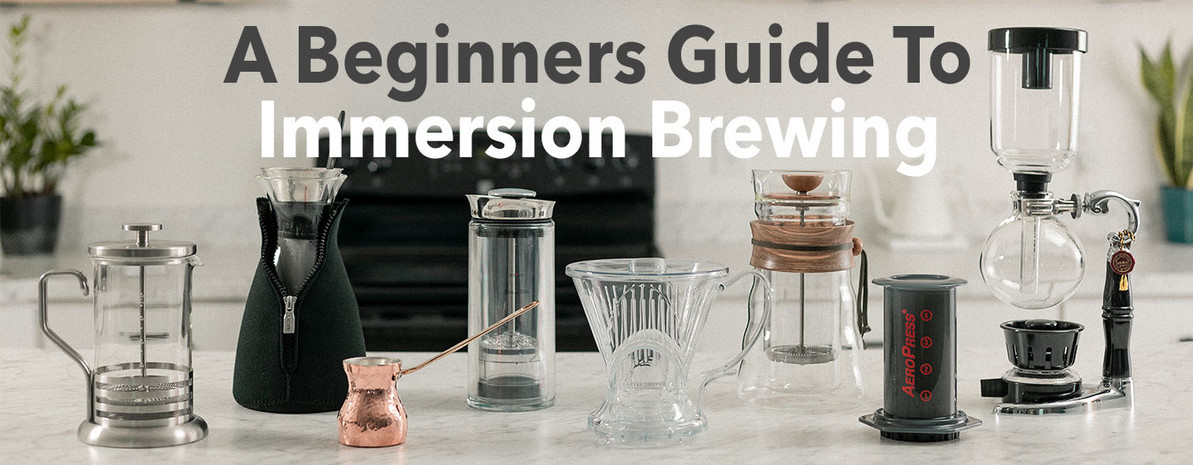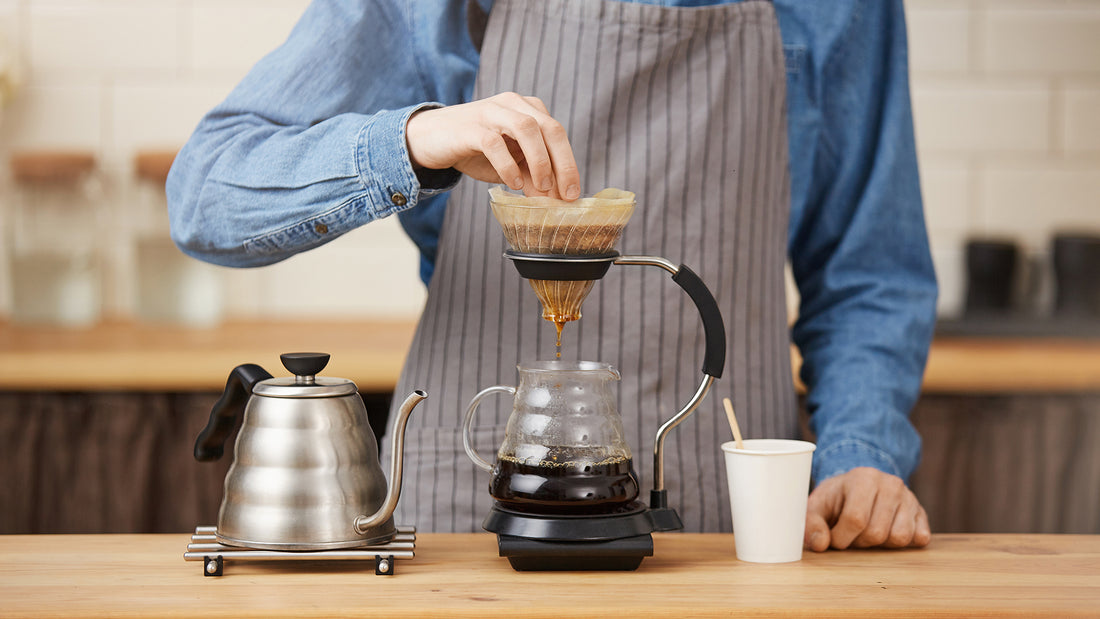Coffee Brewing Methods Demystified: From French Press to Cold Mixture
Coffee Brewing Methods Demystified: From French Press to Cold Mixture
Blog Article
The Science Behind Coffee Brewing: Just How Temperature Level and Time Affect Your Drink
Comprehending the science behind coffee brewing discloses that temperature and time are not mere variables yet critical elements that determine the drink's flavor account and overall top quality. As we check out the nuances of these components, the concern emerges: exactly how can one effectively balance temperature level and time to achieve that excellent mixture?
The Chemistry of Coffee Extraction
The chemistry of coffee removal explores the intricate procedures that transform raw coffee beans into the aromatic beverage appreciated worldwide. This improvement primarily entails the solubility of various substances present in the beans, which are affected by factors such as grind dimension, water high quality, and the developing technique used.
During the brewing process, warm water serves as a solvent, removing soluble compounds, including high levels of caffeine, sugars, acids, and lipids, from the coffee premises. Each substance contributes to the flavor profile, fragrance, and body of the final drink. Acids are accountable for appetizing and bright notes, while oils contribute to a rich mouthfeel.
The first phases of developing extract acids and sugars, leading to an enjoyable acidity, while prolonged removal can lead to resentment due to over-extraction of unfavorable substances. Recognizing these chemical communications is essential for enhancing brewing strategies, as the equilibrium between extraction time and water temperature level can dramatically influence the overall quality of the coffee.
Perfect Brewing Temperatures
Locating the ideal brewing temperature is crucial for opening the full possibility of coffee tastes and aromas - coffee brewing methods. Research suggests that the optimal array for brewing coffee exists in between 195 ° F to 205 ° F(90 ° C to 96 ° C) Within this range, the removal process effectively dissolves the preferable soluble substances in coffee beans, resulting in a well balanced and delicious cup
Developing at lower temperature levels, such as below 195 ° F(90 ° C ), may cause under-extraction, yielding an acidic and weak brew with muted flavors. Alternatively, brewing at temperature levels surpassing 205 ° F(96 ° C) can bring about over-extraction, creating a bitter and harsh taste because of the excessive dissolution of unfavorable substances, such as tannins.
Furthermore, the ideal brewing temperature can differ depending on the coffee bean kind and roast degree. Lighter roasts frequently profit from a little higher temperatures to improve their intricate taste profiles, while darker roasts may be better fit to reduced temperature levels to mitigate resentment.
Eventually, keeping accuracy in brewing temperature levels is critical for achieving a harmonious balance of tastes, making sure that every mug of coffee supplies an enjoyable sensory experience.
Influence of Developing Time
Developing time plays a crucial role in identifying the flavor account and total top quality of coffee. The removal procedure, which affects the taste, scent, and body of the beverage, is largely based on for how long the coffee premises touch with water. Shorter brewing times can result in under-extraction, leading to a weak or sour taste, as inadequate soluble compounds are liquified. Alternatively, extended developing can lead to over-extraction, where undesirable substances are released, resulting in a bitter or astringent preference.
Optimal brewing time varies depending on the approach utilized and the work size of the coffee. A French press usually needs regarding 4 minutes, while coffee extraction is usually completed within 25 to 30 seconds. It is vital to adjust brewing blog time in conjunction with other variables, such as water temperature level and coffee-to-water ratio, to attain the desired taste account.
Comprehending the influence of developing time makes it possible for coffee lovers to refine their brewing strategies, eventually boosting the sensory experience of their mug (coffee brewing methods). With careful interest to this variable, one can open the full capacity of the coffee, disclosing its one-of-a-kind attributes and subtleties
Brewing Techniques and Their Results

As an example, methods like French press and chilly brew enable for a longer steeping time, leading to a fuller body and durable taste because of boosted removal of oils and soluble solids. Alternatively, coffee brewing uses high pressure and a shorter extraction time, producing discover here a concentrated shot that emphasizes extreme tastes and an abundant crema.
Pour-over methods, such as Chemex or V60, use a more controlled extraction process, permitting the brewer to control flow rate and water circulation, which can boost brightness and clarity. Meanwhile, percolation approaches cycle water via the coffee premises several times, leading to a more powerful, typically bitter flavor.
Finally, using paper filters versus steel filters can likewise affect the last taste; paper filters usually yield a cleaner mug by trapping oils and fine fragments, while steel filters permit more oils to pass through, adding to a fuller mouthfeel - coffee brewing methods. Comprehending these nuances can boost the coffee experience significantly
Tips for Perfecting Your Mixture
A well-executed brew can change even the simplest coffee right into a remarkable experience. To accomplish this, focus to detail is essential. Beginning with top notch, newly roasted beans, as their taste profile diminishes gradually. Grind the beans right try this out before brewing to make the most of quality, guaranteeing the work size matches your developing approach-- coarser for French press and finer for coffee.
Water high quality plays a crucial function; usage filtered water devoid of contaminations. The excellent brewing temperature level varies between 195 ° F and 205 ° F(90 ° C to 96 ° C ) As well warm can blister the coffee, while also amazing might under-extract tastes.
Timing is equally essential. For immersion approaches, soaking for 3 to five minutes is ideal, whereas drip approaches typically take around five mins. Experiment with brew times to discover your favored toughness.

Final Thought
In summary, the elaborate relationship in between temperature level and time is critical in the coffee brewing procedure. Comprehending these clinical principles empowers people to refine their developing methods, ultimately leading to an extra satisfying and balanced coffee experience.
Understanding the scientific research behind coffee brewing discloses that temperature and time are not mere variables however critical components that dictate the drink's flavor account and overall top quality. Comprehending these chemical communications is vital for optimizing developing techniques, as the balance between extraction time and water temperature level can considerably affect the overall high quality of the coffee.Brewing time plays a crucial duty in identifying the taste account and general top quality of coffee. By focusing on these aspects-- bean top quality, grind size, water temperature level, soaking time, and proportion-- you can boost your coffee brewing process, resulting in a constantly premium cup.
In summary, the complex relationship between temperature and time is extremely important in the coffee developing process.
Report this page